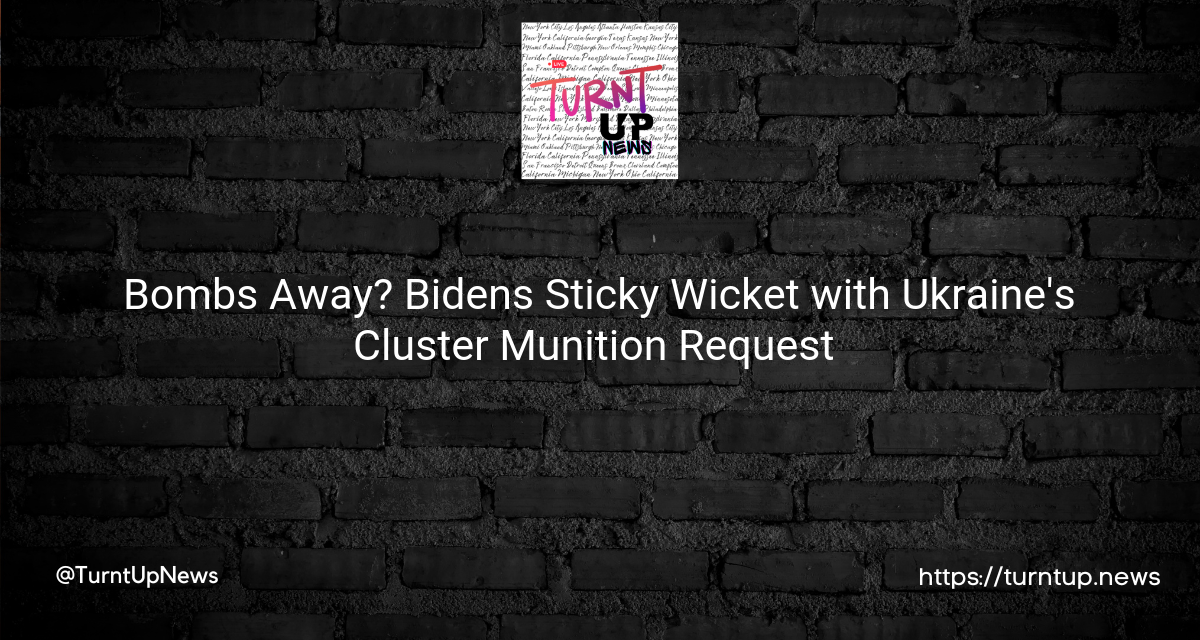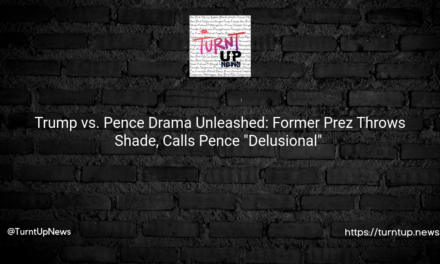💣🇺🇸Bombs Away? Biden’s Sticky Wicket with Ukraine’s Cluster Munition Request 🤔🌍
TL;DR;
In a world where emojis could well replace words, we’d say the US is caught between a ‘rock’ (🪨) and a ‘hard place’ (💣) with Ukraine’s request for cluster munitions. Despite not being party to the 2010 international ban on these controversial bombs, the US is wary of granting Ukraine’s plea, all thanks to ‘optics’ and the aftereffects on civilians. While Uncle Sam has ponied up $89 million to help Ukraine clear Russian land mines, does it make sense to provide more potential civilian threats? 🤷♀️🧨🇺🇦
📝In-Depth:
We all know how movies portray war – dramatic explosions, epic music, and, for some reason, always a white flag waving at the end 🏳️. But reality is quite a bit messier, especially when it comes to weapons like cluster munitions. These bad boys, dating back to the World War II era, scatter a ton of explosive bomblets over a broad area. Sounds efficient, right? But what about when the fighting stops and civilians are left to deal with unexploded leftovers? 🤔💥
So, the Biden administration’s in a pickle 🥒. Ukraine’s knocking on the door for these controversial munitions, but giving in could be a real PR nightmare. Plus, there’s that pesky issue of posing danger to civilians, not just during combat but long after the guns have fallen silent. How do you spell ‘complicated’? B-I-D-E-N, maybe? 😂
Despite not signing up for the 2010 international ban on cluster munitions, Uncle Sam’s got some homegrown rules against providing these to other nations. Yet, the President or the Secretary of State can bypass these. High standards? Meet high stakes 🎲💼.
The big question here is, does Ukraine really need these dual-purpose improved conventional munitions they’re asking for? From what we’re hearing, the US doesn’t think so 🇺🇸🇺🇦💣. But don’t tell that to Ukraine, who’s been eyeing munitions that can be launched from their high mobility artillery rocket systems and 155mm Howitzers.
Meanwhile, human rights organizations are crying foul, accusing Russia of using cluster bombs on civilian targets in Ukraine and Syria. So, it’s really not looking good for anyone in this scenario. Yet, wouldn’t it be ironic if the US provided Ukraine with more potential threats to civilians, especially when it recently committed $89 million to help Ukraine clear Russian land mines? 🤷♀️💵💥
To put things into perspective, we’re talking about an area roughly the size of Virginia, Maryland, and Connecticut combined potentially contaminated by land mines and other unexploded ordnance. But hey, why not throw in some more potential hazards, right? 😅
And while we’re here, let’s not forget that the US is supplying Ukraine with Claymore anti-personnel munitions, which might just skirt the edges of the Ottawa Treaty if configured in a certain way. Sneaky? Or just business as usual in the world of international politics? 🌍🕹️
Oh, and just when you thought things couldn’t get more intense, the Pentagon announced a new $275 million package of military aid to Ukraine. What’s in the box? New air defense capabilities, additional ammunition, artillery rounds, and medical equipment, among others 🎁🔫🚑.
That makes it a whopping $20 billion in security assistance to Ukraine from the US since the beginning of the Biden administration. Wowza, that’s some serious dough 💰💰. But does that justify adding to the potential minefield… literally? 🤷♂️🤔
This is not legal or military advice, nor a recommendation for or against any form of munitions or policy. It’s just the news, people. Take it or leave it, but always remember to question everything 🙌💯.
After digesting all this, we’re left with a question that might just keep you up tonight: Should the US stick to its guns and deny Ukraine’s request, or should it yield and potentially risk civilian lives in the name of strategic advantage? 🤔🌍💣





